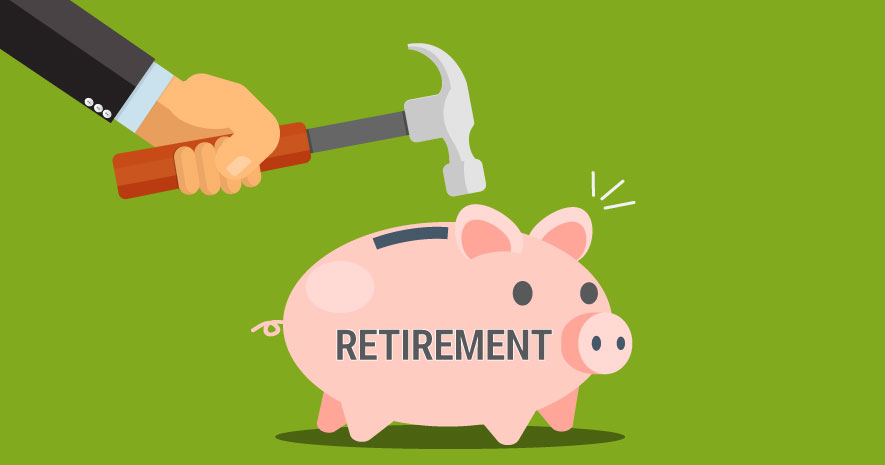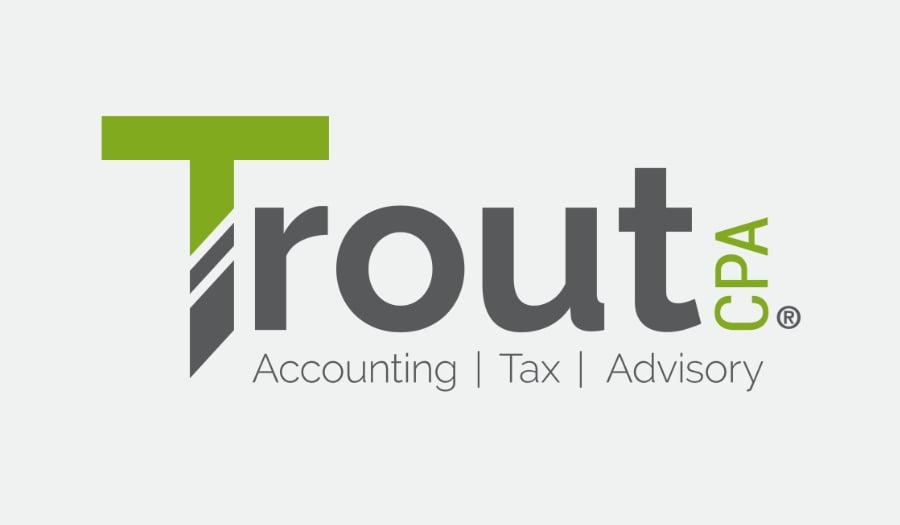Efforts to keep up with the myriad of challenges that retirement plan sponsors faced in 2020 may have caused some to overlook significant changes related to hardship distributions that were enacted before the onset of the COVID-19 pandemic.
These changes are designed to make it easier for participants to access funds from their 401(k) plans if they are experiencing significant financial hardship, and several changes apply to 403(b) plans as well. Some of these provisions were optional from 2018 to 2019 but became mandatory in 2020 for plan sponsors that chose to allow hardship distributions.
Now is the time for plan sponsors to examine whether they are complying with these changes in how they administer their plans and whether their plan documents accurately reflect these changes.
Background on Hardship Distribution Rule Changes
Plans are allowed—but not required—to offer taxable, in-service hardship distributions to participants who demonstrate an “immediate and heavy financial need” that could be satisfied only by taking money from their retirement accounts. In the past, that need was determined by facts and circumstances and certain safe harbors built into the law.
Over the past several years, legislation (e.g., the Tax Cuts and Jobs Act of 2017 and the Bipartisan Budget Act of 2018) and Internal Revenue Service (IRS) regulations have introduced changes to make it easier for participants to withdraw funds from their accounts via hardship distributions.
Significant Hardship Distribution Provisions Now in Effect
The most significant changes related to hardship distributions that are now in effect include:
Elimination of six-month suspension on contributions (mandatory): Previously, plan sponsors were required to suspend participant contributions for six months after the participant took a hardship distribution. Some plan sponsors viewed this suspension as a way to help participants seriously consider the consequences of taking a distribution on their retirement savings, and not view their 401(k) as an ATM. For hardship distributions made on or after January 1, 2020, plan sponsors cannot impose the six-month suspension and must allow participants to immediately contribute to their retirement accounts. This change was optional in 2019 but became mandatory in 2020.
Expanded safe harbors (mandatory): To determine whether participants qualify for hardship distributions, plans can use the hardship safe harbor test and/or the hardship facts and circumstances without regard to any safe harbors. Many plans include both options for maximum flexibility. Previously, there were six safe harbors that plan sponsors could use to determine whether participants qualify for hardship distributions; these safe harbors were available if the participant needed funds to pay for medical expenses, home purchases, college tuition, funeral expenses and home casualty repairs, as well as to prevent eviction or foreclosure. The new rules add a seventh safe harbor to this list: disaster-related expenses of participants who live in a federally declared disaster area. Plan sponsors had the option of including this as a safe harbor in 2019, but its inclusion became mandatory in 2020.
Three-part test replaces some facts-and-circumstances determinations (mandatory): Previously, plan sponsors had to evaluate certain facts and circumstances to determine whether a participant qualified for a hardship distribution. For hardship distributions made on or after January 1, 2020, the new rules allow employees to self-certify that: 1) distributions do not exceed the amount the employee needs; 2) participants exhausted other resources, including deferred compensation; and 3) participants do not have reasonably available assets to take care of their needs.
Elimination of loan requirement (optional): Previously, participants had to have taken the maximum allowed loans from their plans before being allowed to permanently withdraw funds via a hardship distribution. Now plan sponsors can—but are not required to—allow participants to take a hardship distribution without first having to take a loan.
Expanded sources of funds for hardship distributions (optional): Plan sponsors now can—but are not required to—allow hardship distributions to be made from Qualified Non-Elective Employer Contributions (QNECs), Qualified Matching Contributions (QMACs), and traditional and Qualified Automatic Contribution Arrangement (QACA) safe harbor contributions and earnings.
Insight:
Ensure Operational and Plan Document Alignment Before December 31, 2021 Deadline
Plan sponsors need to be aware that some of the changes discussed above were optional in 2018 and 2019 but became mandatory in 2020, while others remain optional. This creates a confusing situation for plan sponsors as they work to comply with these changes—especially amid all of the other changes related to the pandemic.
Regardless, plan sponsors need to understand the hardship distribution-related changes and comply with them, both in terms of how they operate their plans and how they are reflected in the plan document. Plan sponsors have until December 31, 2021 to amend their documents to reflect these changes. In addition, it is important to notify participants about these changes.
Plan sponsors, even those that use preapproved plans, should meet with their service providers and advisors to review the current plan operations and plan document to identify any areas that are not aligned with the new rules. Lastly, while it is better to bring the plan in compliance as soon as possible, the IRS also has its Employee Plans Compliance Resolution System to fix errors found in retirement plans.
Your representative can help examine your plan to determine whether it needs amendments to its hardship distribution process and plan document.




